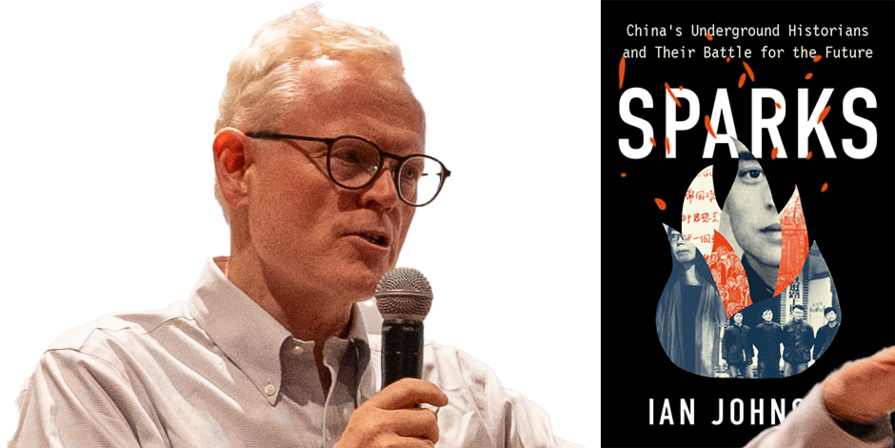This article was originally published on November 7, 2011 in USC News.
By Cristy Lytal
When it comes to rapid urbanization in India and China, few people can speak with more authority than Keshav Varma, guest lecturer at the USC School of Policy, Planning, and Development (SPPD) urban growth seminar on Oct. 25.
For a dozen years, Varma oversaw the World Bank’s urban sector operations for East Asia and the Pacific. Prior to that, he served as municipal commissioner in Ahmedabad, India, one of the fastest-growing cities in the world. He currently leads the World Bank Global Tiger Initiative, a conservation coalition bringing together governments with partners such as the Smithsonian and the World Wildlife Fund.
At the seminar, a large audience of USC students, faculty and staff gathered in Ralph and Goldy Lewis Hall to hear Varma speak.
“More than half the world population now lives in cities,” Varma said. “Urbanization is happening at an unprecedented pace, and 90 percent of growth in cities is in the developing world.”
Nowhere will the growth be more dramatic than in what Varma called “secondary cities” - small- and medium-sized metropolises with populations of less than 500,000.
According to Varma, China has embraced this reality and responded by investing heavily and methodically in new infrastructure. India has not.
“In India, there was this major romance about living in a village with the rivers flowing next to you and sitting under a tree, eating sugar cane or something like that,” he said. “And that vision remains, unfortunately.”
The lack of investment in Indian cities adversely has affected the quality of urban services, including water supply, sewage, solid waste, affordable housing and private transportation.
Varma argued in favor of transforming India’s view of its cities: “I asked the mayor of Guangzhou, ‘What are the challenges that you are facing when you run a city?’ He said, ‘Mr. Varma, we don’t run a city. We run a multinational corporation.’ In China and part of East Asia, this paradigm change has been taking place. In our country, India, this paradigm change will take a long time to happen.”
The shift is possible, according to Varma. As proof, he offered a detailed case study drawn from his experience as the former municipal commissioner of Ahmedabad, which was suffering from extensive corruption and an outbreak of plague when he took office.
Varma introduced a number of successful reforms, including cracking down on gangs, collecting the taxes owed to the government and obtaining a credit rating for the city. This enabled Ahmedabad to issue municipal bonds, which funded much-needed infrastructure investments.
“We had new roads,” Varma said. “We had new parks and gardens. The municipal bond and the credit rating became a symbol of pride for people who were rejoicing in the change that was taking place in the city.”
To cement this new civic pride, Varma launched a campaign drawing on the city’s rich and inspirational history.
Mohandas Gandhi established ashrams in Ahmedabad during the nation’s struggle for independence from the British empire. Varma ran ads featuring Gandhi’s charkha, the ancient spinning wheel that symbolized self-reliance, along with the simple message: “Ahmedabad. It was freedom’s cradle. Let us cherish it. Together.”
Varma ended his presentation with a rallying cry for “firm, high-integrity, professional” leadership in rapidly growing cities. He emphasized the critical value of schools such as SPPD, which contributes global knowledge to local practice.
“There is a Chinese saying, and I’d like to finish with that,” Varma said. “You should not be flying a kite without a string.”



